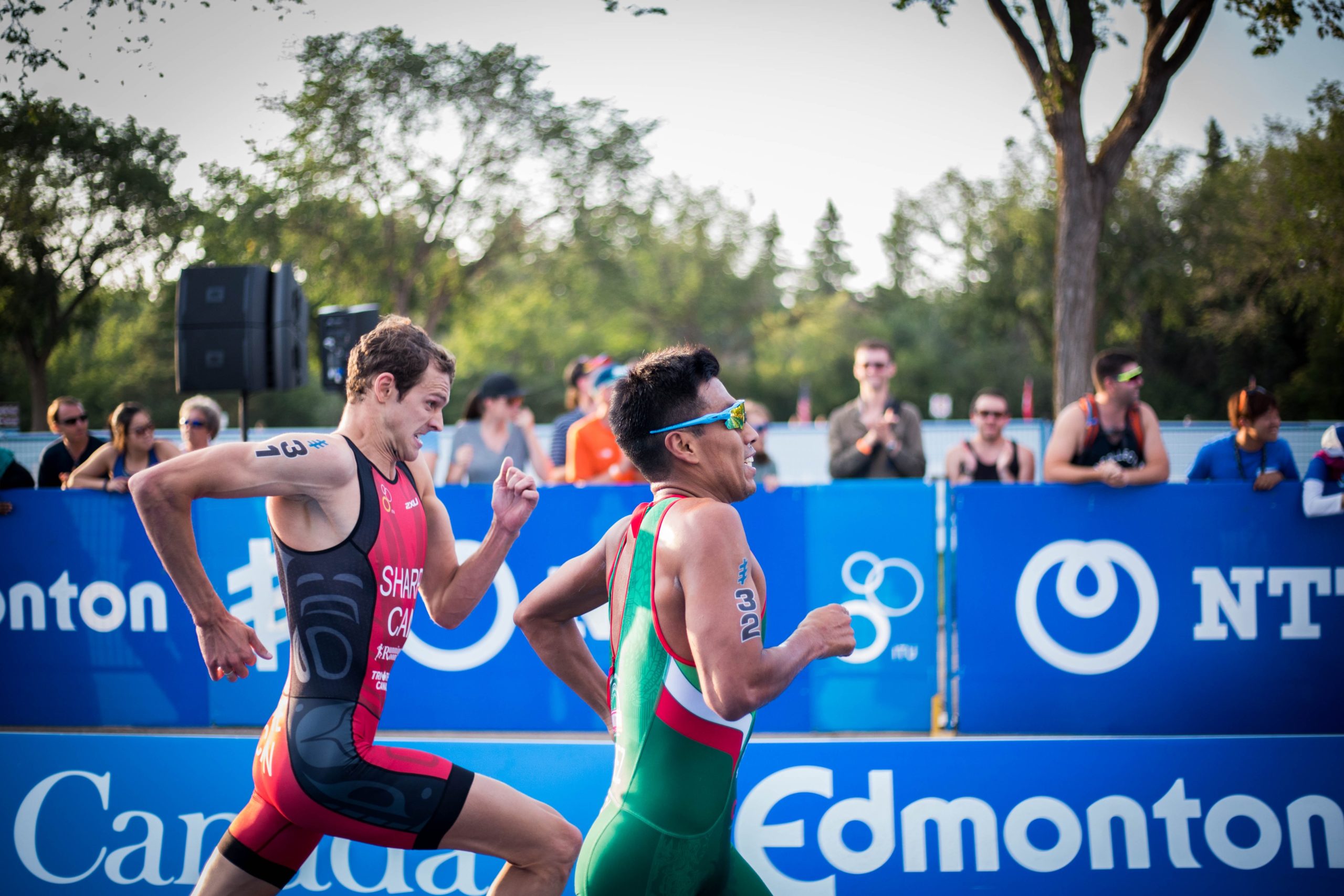How to Run Faster on Race Day
Three key training elements to add speed to your run

In order to run fast on race day, one must be willing to push hard in training and run fast on those days when nobody is watching.
Most of us age groupers find joy in running. We rise up each morning, go run our miles and enjoy the outdoors or treadmill. We just run based on how we feel, which really becomes the same pace day in and day out.
But then as we progress we start to set goals, lofty goals and we aspire to be faster!
So, how do we become faster?
I know it sounds simple, but to race faster we must train at faster paces. Here are some tips – three key sessions each week – I use in coaching athletes to run faster. (I have a knack for taking the average athlete and turning them into a Boston marathon qualifier!)
1. Speed Work
This can be done on a track, treadmill or roads, and it’s done in a variety of ways. I like to use two key types of speed work to get faster.
One, the track, yes the 400 meter oval; this is truly a happy place for me. Track workouts are structured and typically done with specific sets of intervals and rest periods. For example, a workout may be 6 x 800 meters (6 sets of 2 laps). You’ll have a set pace target for each 800 and a set rest time between each interval. There are so many different track workouts, and key workouts to mix into a training cycle to build speed, strength and endurance. They can also help measure your progress.
Example of a key track workout: alternate 400 and 800, a set of four of each, where the 400’s are done at a 5k effort, and the 800’s are done at more of a half marathon effort, with about 60-90 seconds of rest in between each one. The key is to run the 400’s fast, so when you settle into half marathon effort, it feels easy even though it’s fast!
The other way I like to do speed work is during a mid-distance run, and I call these fartleks. This is a sustained run, but you’re mixing in faster/harder efforts with recovery in between. There are many ways to do this. One I often do is, 10-15 minutes easy warm-up run, then launch into a set of 60/60 where it’s 60 seconds hard effort, 60 seconds easy effort, and you go back and forth for however many you choose to do. Then run an easy cool down for 10 minutes and you’re done.
2. Hill Training
For those that are focused on flat course or track racing you may be asking why you should add hill training to your plan. Even if you race on a flat course, hill repeats have their place. This is a strength workout so think of it that way. It’s been proven that hill training creates greater total muscle activation than during horizontal running. Basically you use and stress more of your leg muscles at higher loads when running up hill. The result, stronger legs for all forms of running.
You’ll want to find a nice hill or use the treadmill (See our tips on Where to Train here); something at least 1/4 mile in length is good. An example workout would be 8 x 2 min up with 2 min recovery. I attack these, so it’s hard effort up the hill, and recovery coming down the hill.
3. The Long Run
Many say take it slow and easy, and sure there is a little truth to that. But if your goal is to PR, or qualify for the Boston marathon (BQ), or something lofty, you can’t take the long run too slow. You must train to run fast if you want to race fast. I typically turn my long run into another interval session but it’s done in a slightly different way.
I like to get 2-3 miles of easy warm-up and then start picking up the pace. Sometimes I will sustain a certain effort that is not far from the pace I want to race at. Other times I do a series of intervals, for example, two miles at race pace, one mile easy and then repeat that a few times depending on the distance of my long run. The goal with the long run is to practice race day. Get into faster paces, focus on nutrition and hydration, and think about how to hold pace when the body gets tired and fatigued.
Bringing it All Together
Now that you have your three key sessions each week, you can mix in your other miles at that relaxed comfort zone pace you have been running when you go out for a run. Make sure you space out your three key sessions (ex. Monday, Wednesday and Saturday) and don’t do them back to back.
I believe if you mix up your runs, and attack each session, you will see that your speed will improve.
Remember, embrace the pain cave, because if you want to race fast, you must train fast!
…
Mike Buenting is a running coach and endurance sport enthusiast out of Excelsior, Minnesota. He actively competes in running races of all distances and triathlons.

